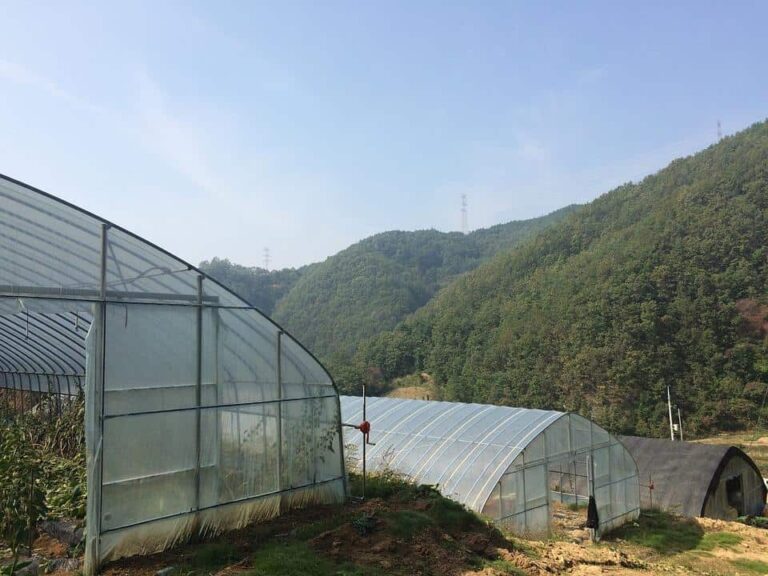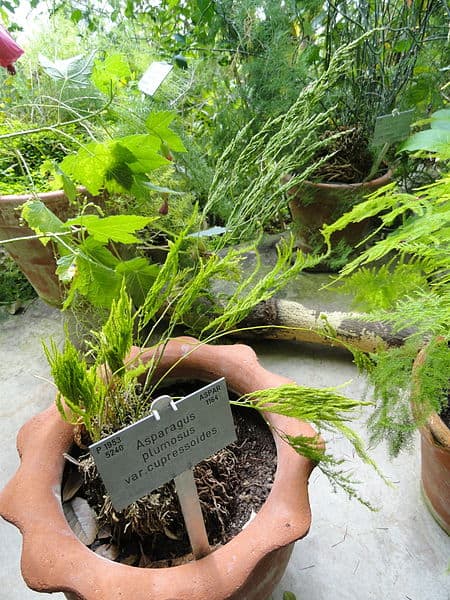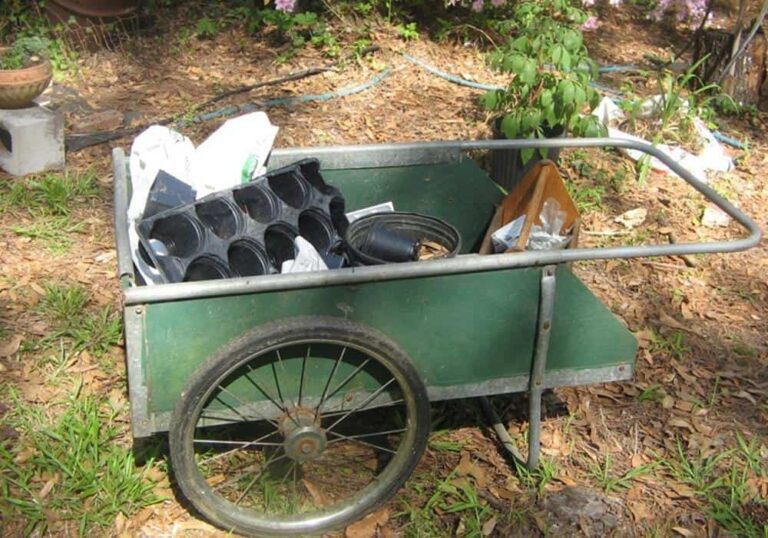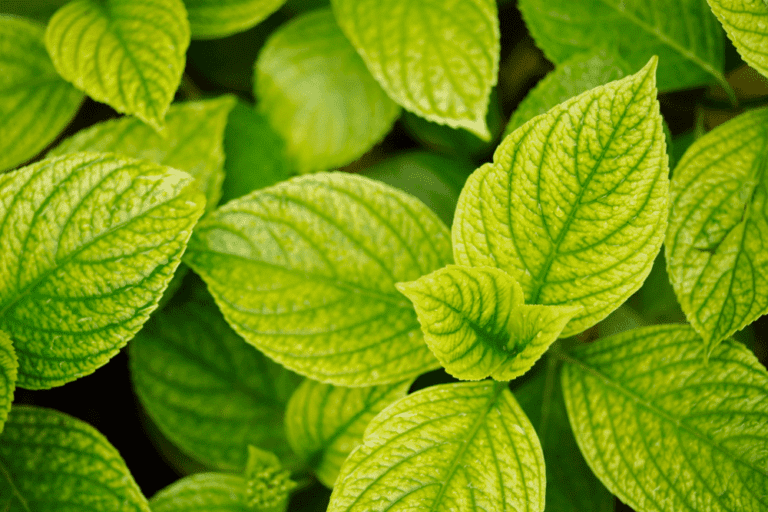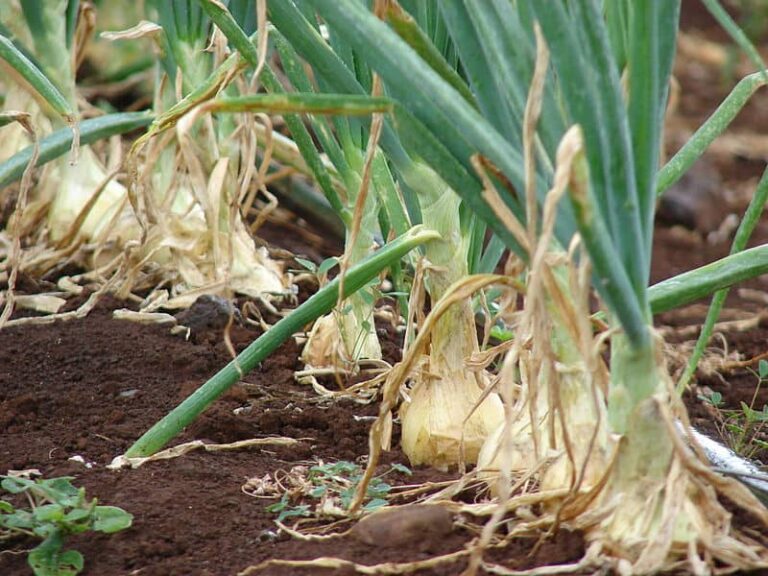Growing Lavender For Your Garden
Lavender plants are best grown from cuttings taken from older, more established plants. The plants prefer well drained soil and a lot of sun. When growing lavender, it’s important not to water the plants too much, otherwise their leaves will turn yellow and the plant will suffer. In areas that don’t get too cold, lavender will return year after year. To keep the plant looking great each year, it’s important to prune back its stems, either in the spring or fall.
Planting Lavender
Lavender is notoriously tricky to grow from seed. For many years, it it was difficult to know what you were going to get from a packet of seeds, according to Burpee. Depending on the variety, lavender grown from seed might not come true and might grow to an unexpected height or be less healthy than you’d hoped.
For that reason, it’s often easiest to grow lavender from already established seedling or from a cutting taken from an established plant.
Plant lavender in your garden in the early spring, after the last frost. Lavender can grow to be quite large, so it’s important to give it enough space in the garden. Bonnie Plants suggests spacing each plant about 12 to 18 inches apart.
https://youtu.be/FVKKBGOChmg
In the video above, lavender farmer Sarah Bader walks you through the process of taking a cutting from an existing lavender plant and preparing it so that it can grow in your garden.
Growing Lavender in Containers
If space in your garden is limited or if you live in an area that gets very cold winters, you might prefer to grow lavender in a container. Using a container can also be ideal if you live in an area with heavy, clay soil or in a humid region, since lavender needs well-drained soil and some dryness to thrive.
It’s important to pick the right container for your lavender. Patti O’Neal, a Master Gardener in Colorado, suggests choosing a pot that is about an inch or two wider than the rootball of the lavender you plan on growing. Choosing a container that is slightly larger than the root system will give them some room to grow without the risk of having the soil become too moist and water-logged.
Pick a container that has built in drainage holes or a container that you can easily add holes to yourself. Since lavender does prefer drier conditions, it’s better to pick a container made of clay, which will dry quickly instead of one made of plastic, which will retain moisture.
Choose a container mix that drains well to keep your lavender plant happy. You might consider mixing standard container mix with one made for cactus and palm trees. Another option is to add a layer of gravel to the bottom of the container to improve drainage.
Caring for Lavender
Whether you are growing it in the ground or in a container, lavender has certain needs. One of those needs is well-drained soil, since the plant prefers things on the dry side. It also prefers slightly alkaline soil, with a pH between 6.4 and 8.2, according to Cornell University.
You do want to water lavender from time to time, but make sure the soil has dried out between waterings. If you overwater the plant, the leaves will start to yellow.
You don’t need to fertilize lavender very much. Adding a handful of bonemeal to the soil in the fall, just before the plant goes dormant for the winter, can help it survive the colder temperatures.
Pruning Lavender
Lavender is a woody shrub, meaning you can’t divide it as you would other types of perennials. Instead, you can control its growth and take cuttings from it for propagation by pruning the plant. Pruning the plant also allows you to harvest the purple flowers, which you can use for cooking or for their scent in potpourri.
When you can prune lavender depends on where you live. In areas that get a frost and experience very cold temperatures over the winter, it’s best to leave the pruning until the next spring. If your area’s winters are mild, you can prune in the late fall.
The video from Learn How to Garden shows you step by step how to prune a lavender plant, creating a nice shape to the plant. As the video notes, it’s important not to prune the plant too deeply. If you cut the stems too low, into the woody areas, the plant is not able to grow back. Instead, cut about two thirds of the plant down, leaving several inches of green growth.
Pruning your lavender plant can help improve airflow, as well as the plant’s looks. If your lavender develops brown leaves, it could be a result of a fungal infection. Fungal infections are more likely to occur when the plants are growing in crowded conditions with little room to breathe.
Choosing a Lavender Variety
The variety of lavender you choose to grow will influence how well the plant does in your garden. Some types of lavender perform better in containers, for example, while some varieties are better able to handle colder winters than others.
If you are growing lavender in a container, you might want to pick a dwarf variety, such as “Little Lottie,” which grows to be about a foot tall. “Munstead” is another type of a lavender that is suitable for containers, as it is smaller than other types.
Although lavender is grown as a perennial in zones 5 through 8, some varieties of it aren’t hardy enough to make it through the winter and are grown as an annual in colder regions, such as the midwestern US.
French lavender and Spanish lavender are two examples of more tender lavender varieties. You can grow these in colder regions, but will need to either bring them indoors over the winter or start over with a new plant in the spring.
Lavender is a plant that does best when you don’t pay too much attention to it. Give it a good pruning each year and make sure it has some water and food, but don’t dote on it too much or else it will fail to thrive.

